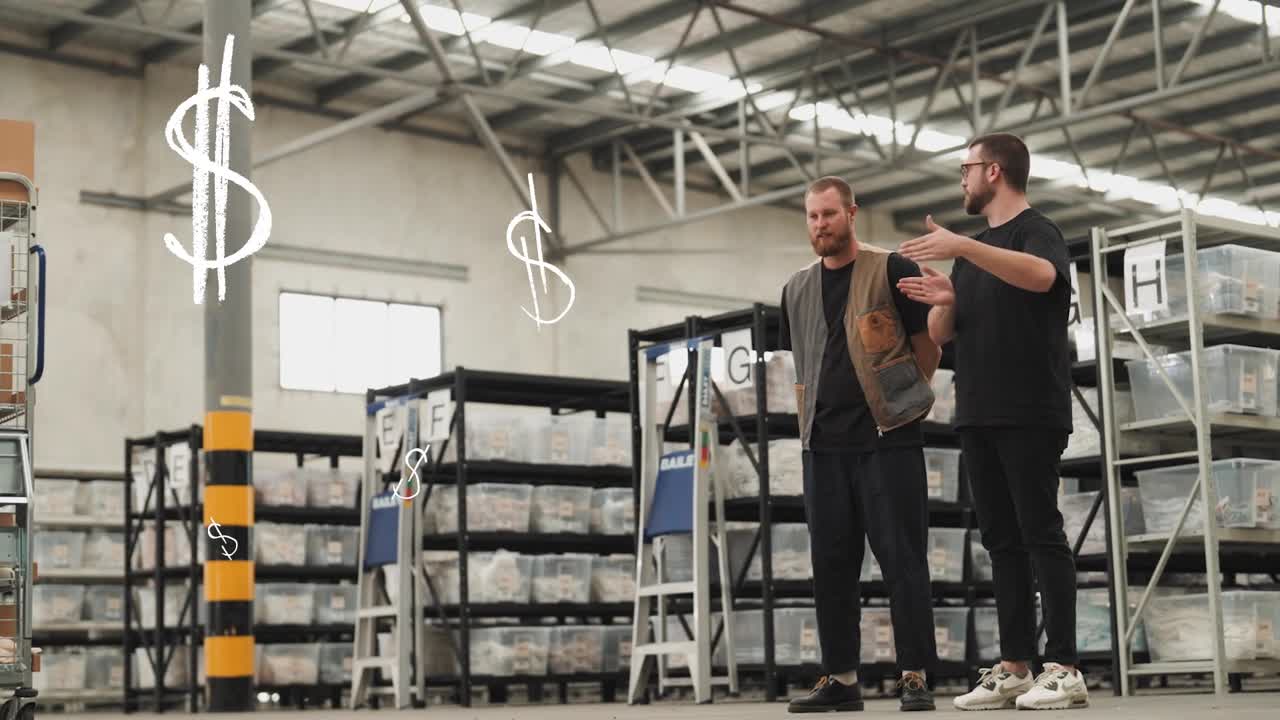Peoplevox is in the business of helping brands build their reputation. Since sustainability is top of mind both for brands and their customers, and has been for a number of years now, we wanted to outline how we do our bit in the warehouse as a WMS. Here are tips for becoming more sustainable through the order management and fulfilllment process, as well as a few shoutouts to some of our most dynamically green clients.
1. Accurate order management = sustainable order management
To get things started, there are some substantial reductions to your carbon footprint to be found by becoming a more accurate warehouse team who don’t make mistakes. The big one is returns. If you are packing orders incorrectly, or sending the wrong items to the wrong customers, you are going to open the floodgates to a mass of returns. This is a force multiplier of evil on the environment. You’ve already shipped the order to the customer once, and now not only is the customer going to add to the impact by sending the item back to you, you are then going to add a third shipment to the carbon emission party by sending a replacement, hopefully correct, order. One wrong sized dress in a bag has 3X’d your carbon emissions through delivery alone.
How do you get more accurate? Double checking everything doesn’t need to double the time it takes to get orders out. The Peoplevox way is to barcode every item, barcode every location, and let the system worry about remembering where everything is. All the team have to do is follow the simple instructions on a mobile device, taking them in the fastest logical route around the warehouse to pick and scan items. Then at the dispatch area, we link the item barcode with the order, so scanning the item both checks that it is correct for that order, and automatically prints the right shipping documents and labels for that order. It’s a super efficient, super accurate way of making sure every customer ends up delighted with the right items, and not threatening a return.
Moreover – those mobile devices your warehouse team are armed with replace paper picklists. From a stopping returns standpoint, getting rid of paper is a huge improvement. But from an environmental standpoint, getting rid of paper is massive! Printing 1000s of sheets every day for single usage before they get scrapped is a resource drain that is genuinely avoidable. Whilst rugged Android devices do have that upfront manufacturing burden, they last for years and will transform your order management operation, removing the need for countless reams of paper.
2. Use data to drive a more sustainable inventory strategy
If you can’t pull together an accurate forecast for demand for an upcoming sales period or promotion, not only are you going to lose out financially, you’re also going to open yourself up for unsustainable activity. On the one hand, you might order way too much of any one product from your supplier, and have it sitting in the warehouse going unsold, and potentially scrapped if it’s a time sensitive product/seasonal style. The excess material, packaging, freight weight, cargo space etc all adds up as unnecessary excess. The other side of the coin is just as bad. If you don’t get enough product into your warehouse and then see a huge spike in demand for certain products, to cash in you’re going to need to make a second order, doubling the transport impact, and maybe even more than doubling if that expedited rush to get the goods means flying it over rather than shipping.
If you can use the right tools and processes to truly understand your customers, your marketing campaigns and your inventory level requirements, it should be straightforward to buy and sell just the right amount of stock and keep things moving effectively, without rushed or unnecessary excessive shipping and spending.
3. Sustainability starts with people
Whilst it’s easier to think of huge, overarching strategies for this, oftentimes setting up a long time, big picture goal requires lots of small, incremental changes to behaviour at the individual level. This is particularly true of warehouses and order fulfilllment operations, where you can have 100 or more people all working at the same time on a variety of tasks. Are all those people equipped to recycle? Remove any friction by making it as easy as possible. You should have various recycling bins for plastics, cardboard, tape etc at goods-in, where the vast majority of packaging comes in and gets ripped open. You should also set up the recycling bins as part of the workflow at the pack stations. Item comes in, gets scanned, packaged, excess in bin, package labeled and onto the next station.
Do the people who work in the warehouse use plastic bottles? Can you provide them with a tap and a re-usable bottle, perhaps branded with the company logo and their name. This is what our friends at Lounge Underwear do with every employee, and they love it! They are fostering brand identity, a community feel of togetherness, employee satisfaction AND more sustainable practices across the business.
4. Learn from the best businesses in your niche
Over the last 10 years, we are proud to have worked with some of the brightest sparks in the direct to consumer industry, each of whom illuminate the way for other brands to work and grow in a more sustainable manner.
Lounge Underwear: Check out their ethical manifesto here, which includes the aforementioned bottles
Luck & Yak: Their values include always working towards a positive environmental impact
The Grove Collaborative: On a mission to remove plastic






